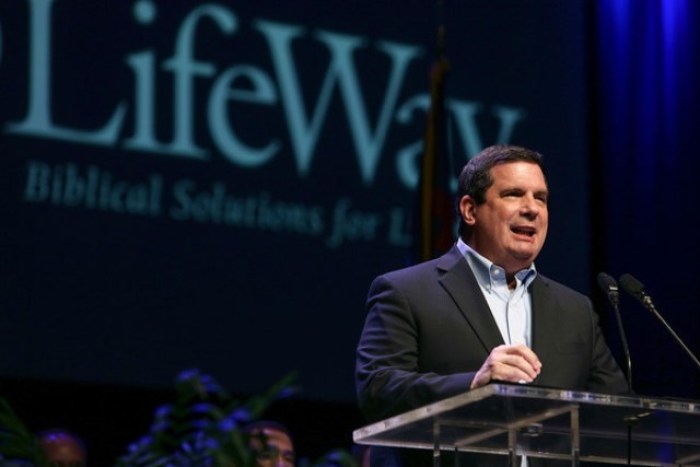7 Traits of Pastors Who Lead Breakout Churches

If you want to experience an "aha" moment about revitalizing churches, this research may be the near the top.
Most of you have heard the dire information and statistics about congregations in North America. Indeed, I have been among the purveyors of the negative news. For sure, the overall picture is gloomy. There is no hiding from that reality.
Reasons for Hope
But I remain an obnoxious optimist about churches across our nation. And one of the primary reasons I do so is some ongoing research and observations about churches that have truly been revitalized.
My own research began several years ago and culminated in my book, Breakout Churches. It was a massive project, beginning with over 50,000 churches. My research, and that of many others, continues to this day.
While most of the research has focused on information endemic to structural and congregational issues, I have taken a laser approach to look at the leaders of these churches. And while I will release more comprehensive information later in a video consultation, I am incredibly excited to release some key information about leaders of these churches today.
The Seven Traits
The churches I have studied are churches that were once declining, but now are growing in a healthy fashion. The decline may have been dramatic, or it may have been almost imperceptible. In almost every case, however, the pastor embodied seven key characteristics.
In some of the churches, the pastors were new, and the presence of a new leader energized the congregations to move forward. In other churches, the pastors had been the leader during the decline, but now they were leading a church headed in a positive direction, a breakout church.
But here is a key to remember. The pastors intentionally adopted seven traits that were key to the churches' turnaround. Let's look at each of them briefly.
1. These pastors faced reality. They looked at the current condition of the church. They likely did an informational historical survey of attendance trends. They refused to put their heads in the sand.
2. They became leaders of hope. They looked at biblical truth regarding possibilities. They communicated that hope to their congregations. They truly believed all things are possible through God, including the revitalization of seemingly dying churches.
3. These pastors adopted a long-term perspective. They likely did not make some type of public declaration of their intent, but they did begin leading as if they were going to be at their current church for around ten years. Most of them admitted that they did not want to close the door if they sensed God's leadership elsewhere, but they led as if they were going to be around for a while. In other words, they were not seeking to move.
4. They led incrementally. Because they had a long-term perspective, they were willing to lead in a way that the congregation could manage. It was not at the speed the pastors desired, but it was healthy for the churches.
5. They learned how to deal with critics and setbacks. Most of these pastors determined that they would deal with challenging issues in a positive way. Many of them had their own inner processes developed to deal with critics. I have articulated many of those issues at this blog in previous posts.
6. The pastors developed their own intentional outward focus. Many of them admitted they had become inwardly focused, so they started intentionally getting out in their communities. A number of them became highly intentional about sharing their faith on a regular basis.
7. They led their churches to an outward focus. These pastors began to lead their churches beyond their own walls. More energy and time were devoted to connecting with their communities and beyond. The congregations became Great Commission churches in action, not just in theory.
The Most Encouraging Part
Though any story or report of church revitalization is encouraging, I was particularly encouraged to find pastors who had moved from a sense of hopelessness in their own leadership and churches, to an attitude of hopefulness and possibilities.
Breakout churches have breakout pastors.





























